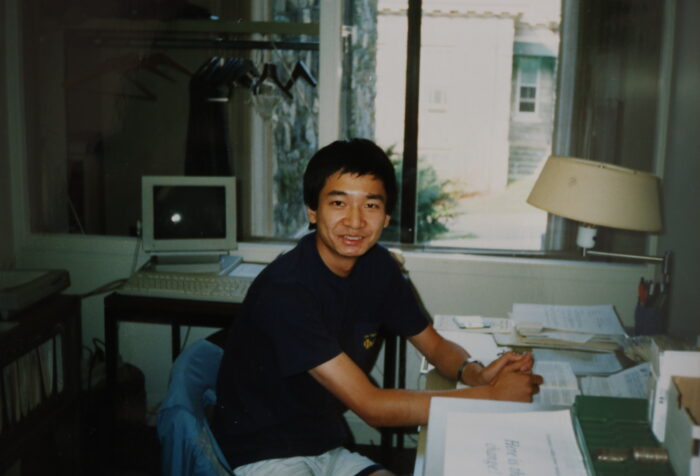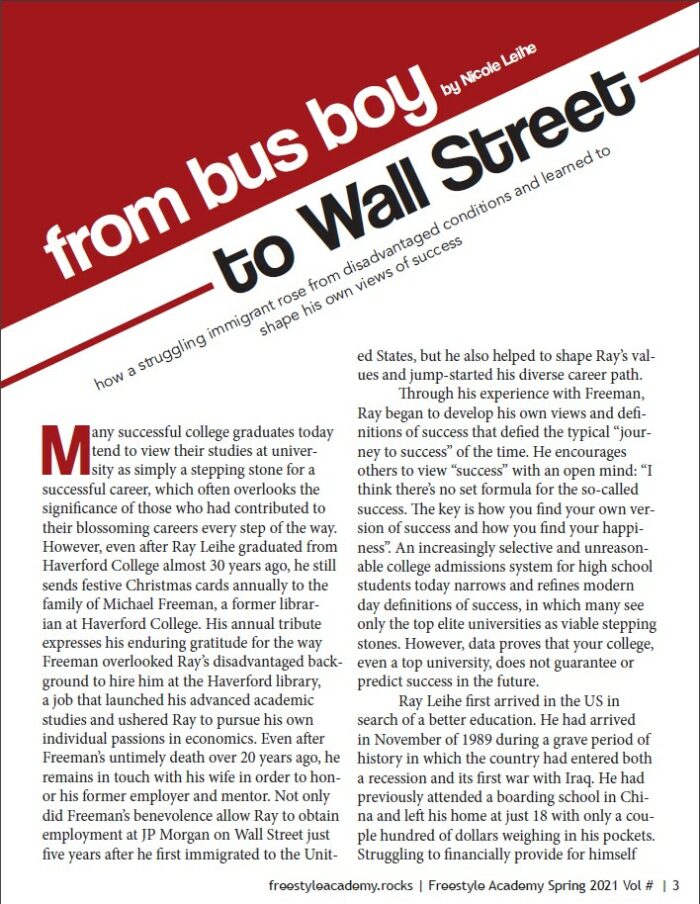Introduction & Reflection
For our Junior Documentary Project, we were challenged with the question,
“How do you creatively and truthfully portray a significant person, group, place, idea or issue in the community?”
We learned how to write and develop narrative-style journalism by portraying an intriguing subject whose group, place, ideas, or issues were significant in the context of our community and world today. In order to effectively communicate a distinct perception of our subject, we used both primary and secondary research sources which included personal interviews and reliable articles online. The research-based article we thoroughly wrote in English was transferred into a number of visual communication arts after, including a short animation and a magazine article that we designed to artistically communicate the voice of our subject.
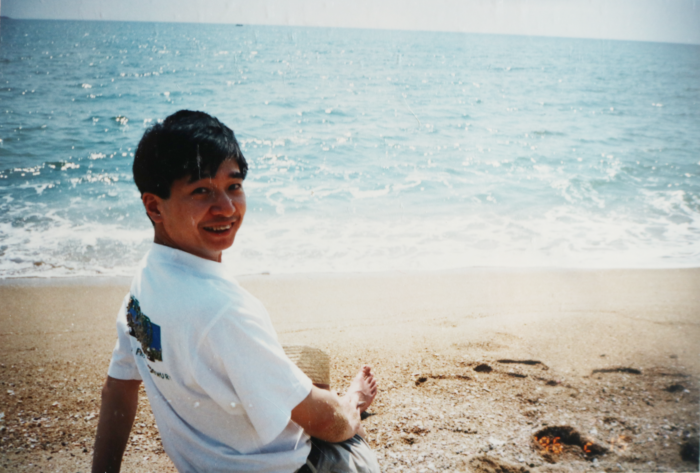
For my Documentary Project, I chose to shine a spotlight on my dad, Ray Leihe, and how his early years in the US as an immigrant influenced his morals and values today. I was inspired to focus my documentary project on my dad as his views of success today help to defy societal pressures and encourages our generation to embrace and take on different paths to success. I think these important messages could be especially relevant in a world where many people are starting to explore different career opportunities and the ideas surrounding those that go through untraditional paths are beginning to become more lenient. My dad is someone who inspires me a lot, as he has worked incredibly hard and come a long way to build the life he has now. I believe his message can have a great impact on young communities and can hopefully influence the ideas that people hold surrounding their careers.
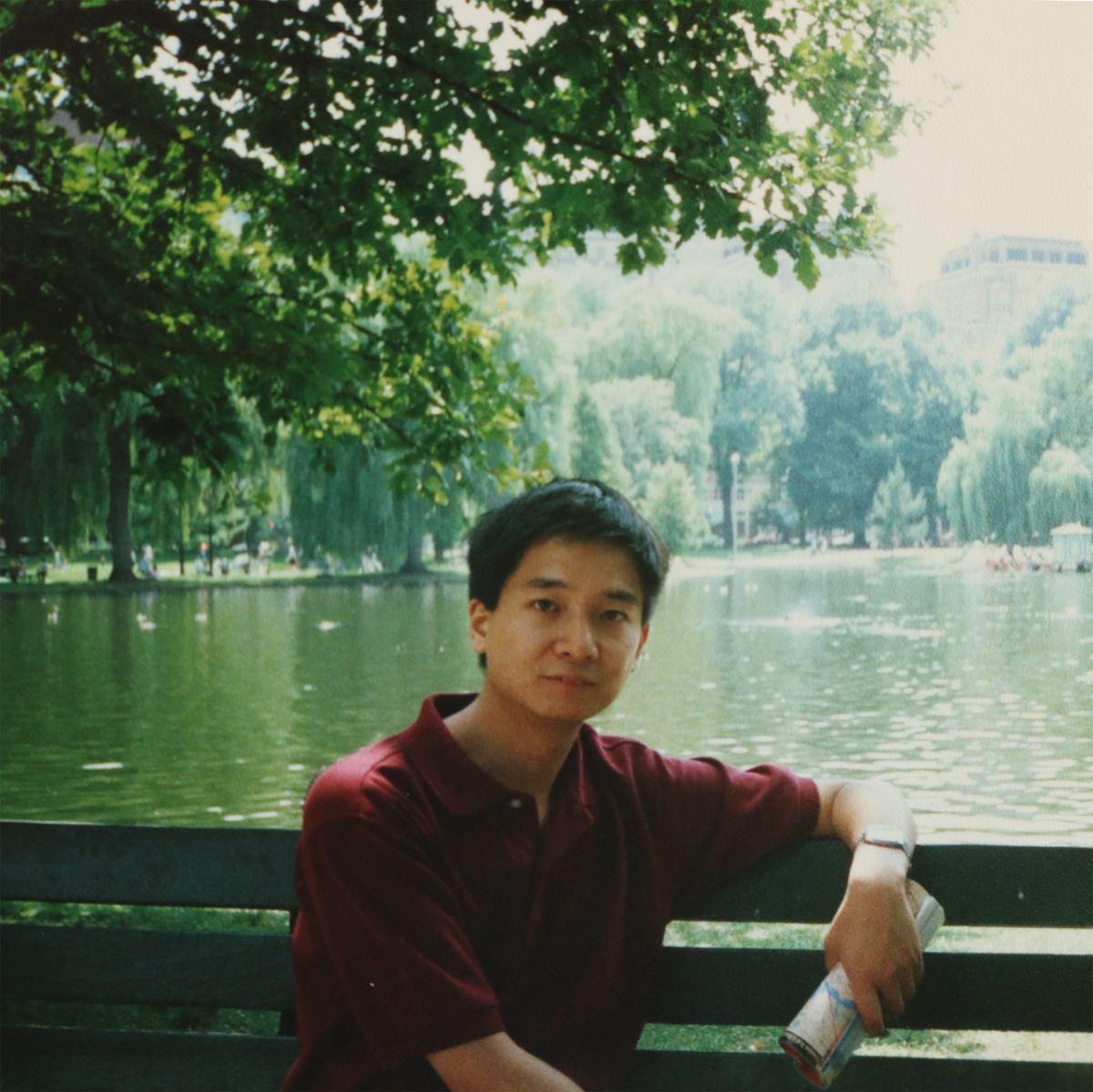
From the documentary project, I really valued being able to learn more about my dad and his past and revisiting old pictures from his early years. I developed a newfound appreciation for how fortunate I am to grow up in a stable household that had easy access to food, money, and more. His values expressed in my documentary of him also allowed me to reflect on how I plan to approach college applications as well as what my future career could potentially look like. I’ve learned to start taking on a “go for it” mentality, which was inspired by my dad and his ideas. Looking back on the visual content I created during this project, I’m really proud of each project I created about my dad(animation and magazine article). I worked tirelessly on these projects for weeks, and in the end I think my outcome really effectively communicated the stories of my dad while also incorporating eye-catching artistic elements. It feels really good to be proud to share my work.

From Busboy to Wall Street
In English, we worked to produce a well-developed and publication-ready research paper using interview transcripts and secondary source articles. In order to effectively profile our subjects and their significance, we learned how to incorporate profile structure which included an anecdotal lead, nut graf, scenes, chronology, what lies ahead, and a closing quote. These elements were seen in professional example profiles we analyzed, such as the New York Times article, “Rec Room Wizard”. We also learned how to properly annotate and tie outside sources into our paper and subject matter.
Potential

For my documentary animation, I chose to focus on a small but important aspect of my dad’s story: how one man, Michael Freeman, helped to change his life and future and played a significant role in his life. I chose to follow a very simplistic animation style with easy-to-animate figures and not much in-depth detail. Because I knew I was going to be animating a longer video, I wanted to be as efficient as possible in animating.

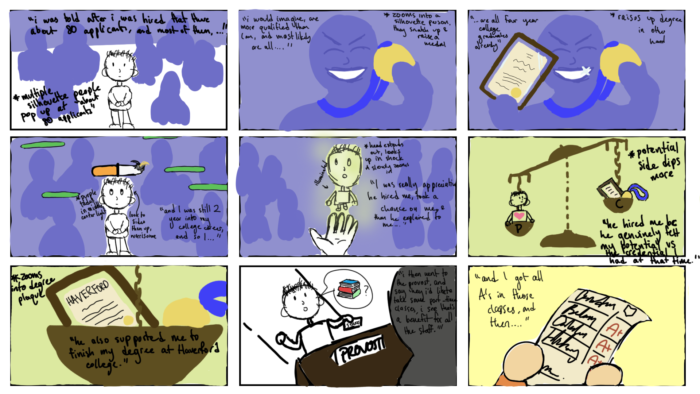


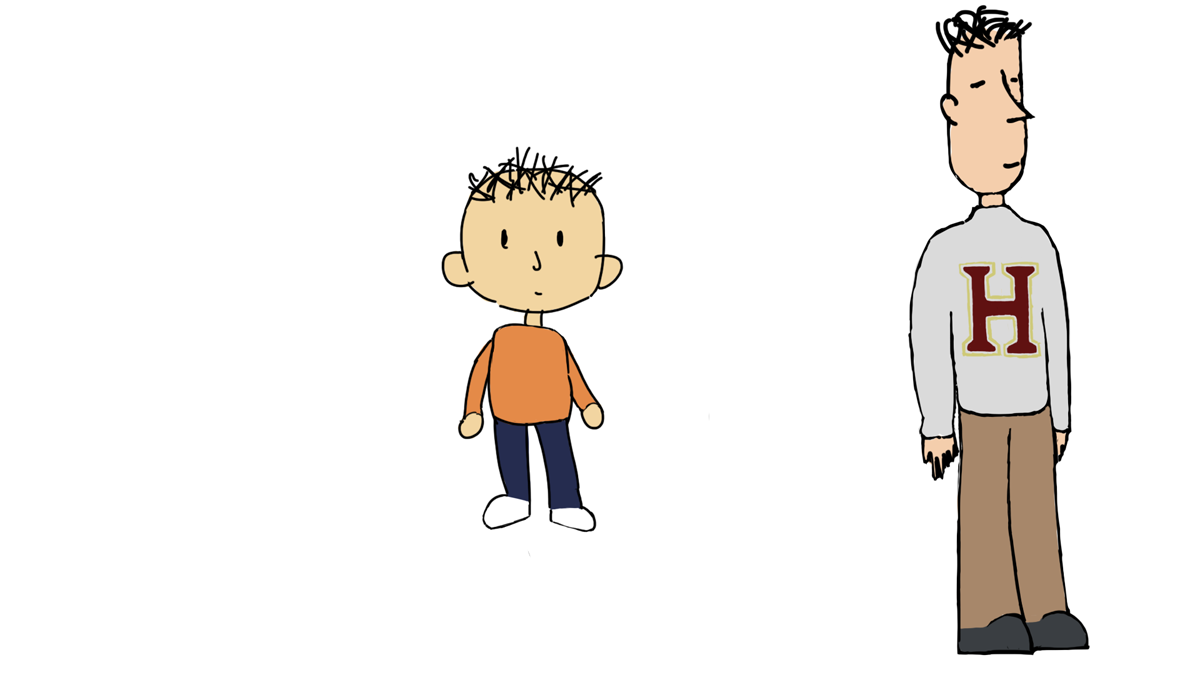
After planning out my visions for my documentary animation, I animated short clips in Adobe Photoshop. This was the most time consuming task, as I had to create numerous layers for each frame and its small movement/changes.


The hardest part is done! Once I had all of my small pieces finished, I used Adobe After Effects to put them all together and to add sound effects and music to my animation. Once I rendered out the full video, I transferred it to Adobe Premiere Pro, where I added subtitles to my final animation, and completed my project!
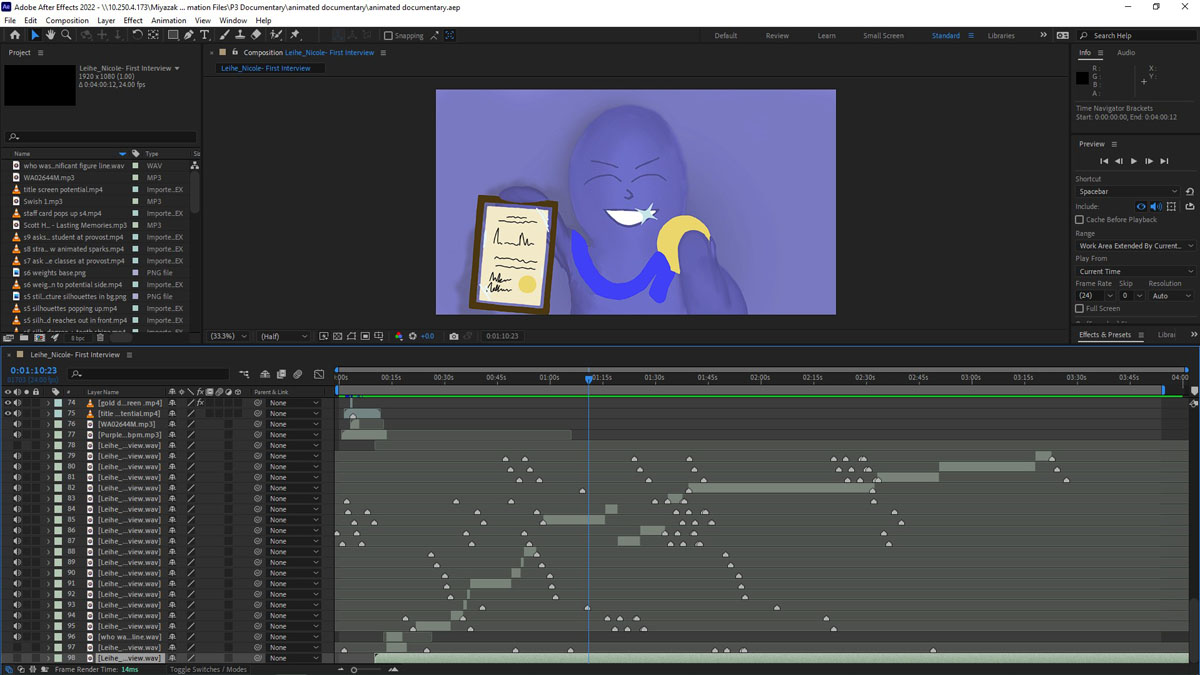

And voila! After almost 2 months of 24/7 work, everything culminated in my documentary animation below, titled “Potential”. I hope you enjoy!
The Making of an Article
After writing a complete profile paper in English, we transferred our work to become a full magazine article with elements such as pull quotes, images, headings, and more. I chose to take on a minimalist red theme because I think the simplicity somewhat matches the talk of success and careers. Overall, I’m really happy with how my article came out and I’m really proud of the designs that I was able to create and put together.
Interviewee Profile

For my Documentary Project, I interviewed my dad, Ray Leihe, who shared his experiences as an immigrant in the US as well as how he rose from disadvantaged conditions. He encourages many people to explore their own ideas of success as he did many years ago when he chose to leave his JP Morgan job on Wall Street. He now lives in the Bay Area with two children, and works as the leader of a platform team at Cloudflare.
